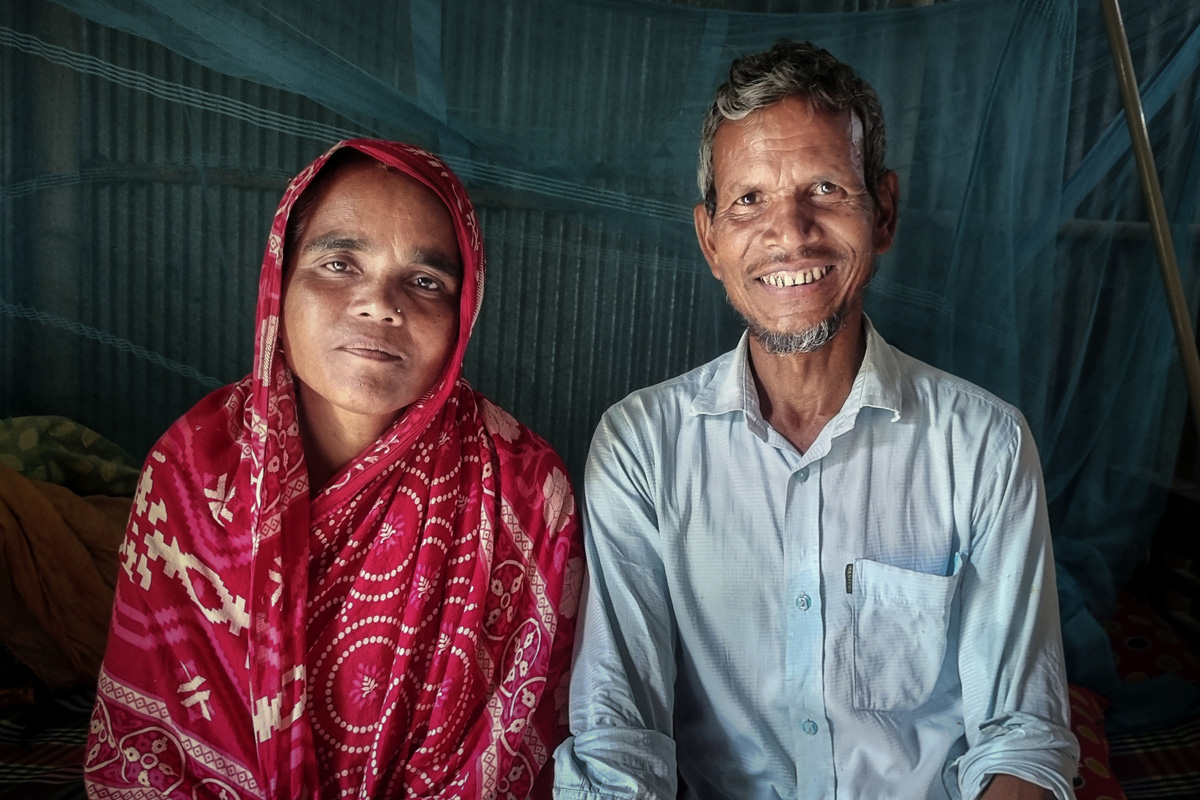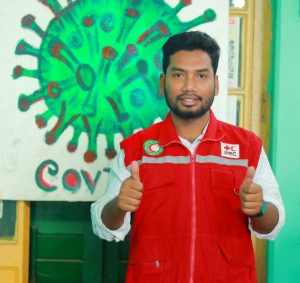Shahjalal Miah and his family live in the Rangpur district, which rests along a union of five major rivers in northern Bangladesh. Calling a vast alluvial plain home means they have a great respect for how nature influences their daily lives, their economy and their future.
As much good as these waters bring, Shahjalal Miah and his family are also no strangers to the flooding waters and river erosion, which are ever present during the summer months. “In 2020, all our houses were washed away again by flood,” says Miah, who lives with his family on the Colkond Char, along the Tessta River in the Gangachara area of Rangpur district in northern Bangladesh. Each time it happens, Rangpur’s homes and livelihoods are threatened, putting many families at risk of losing everything they own.
Losing the roof over your head is a devastating ordeal and providing emergency shelter solutions are a top priority in the aftermath of a storm. As part of the emergency plan for the monsoon season in 2019, the Bangladesh Red Crescent Society (BDRCS) rushed to distribute short-term shelter, such as tents, to families affected by the flood.
Shahjalal Miah and his family were one of those beneficiaries. The tent he received helped him survive when he had no other means of accommodation, as his house was swept away by the river. He also received livelihood training from BDRCS to help him get back on his feet.
Today, he has come a long way. He is living in his newly built house with his wife and grandsons and has been able to provide for his family despite the everyday struggles. In the back of his mind, Shahjahan Miah still fears for his grandchildren’s future and the risks they face every monsoon season.
 Red Cross Red Crescent magazine
Red Cross Red Crescent magazine 
















